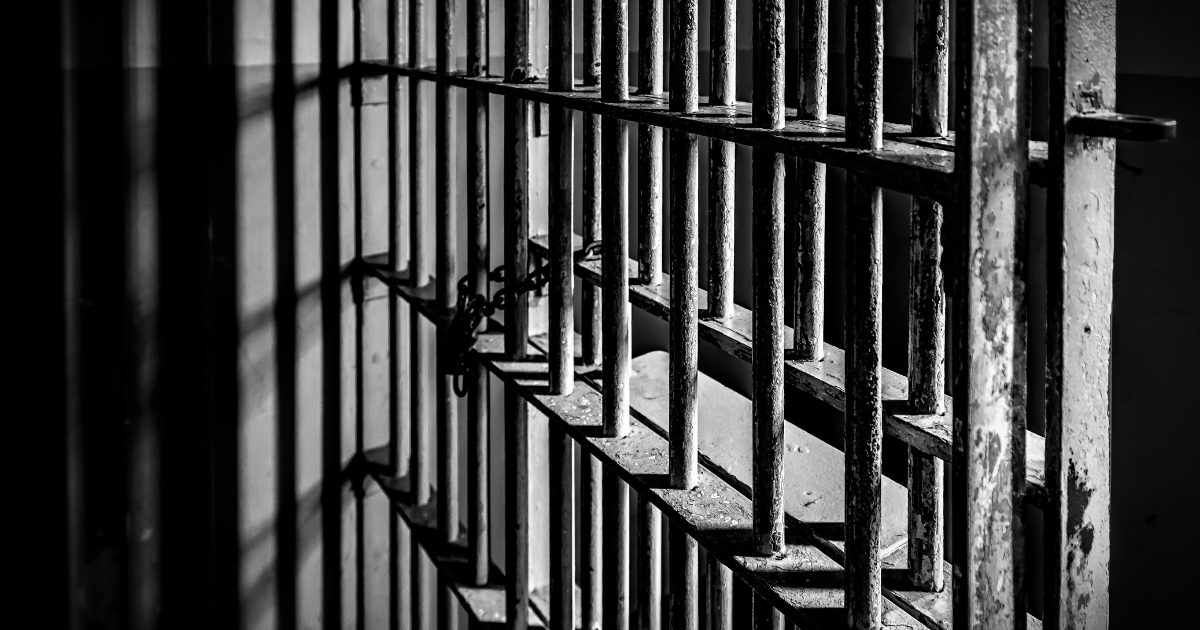THREE out of every four persons, i.e. 76.1 per cent of all persons held in India’s prisons are undertrials, as per the latest official data by the National Crime Records Bureau (NCRB) in its Prison Statistics India report for 2020.
Out of India’s total of 4,88,511 prisoners as on 31 December 2020, reportedly 3,71,848 persons, or 76.1 per cent of inmates were undertrials. The remaining 23 per cent (1,12,589 prisoners) were convicts and 0.7 per cent (3,590 prisoners) were detenues.
Disproportionate social representation of undertrials:
Further, The Leaflet’s analysis of the religion and caste-wise data provided in NCRB’s report shows a disproportionate representation of Muslims, Sikhs, as well as Dalits (Scheduled Castes) and Adivasis (Scheduled Tribes), relative to their share in the population according to the 2011 census.
Looking at the total number of undertrials categorised by religion, Muslims made up 19.6 per cent, and constituted 17.4 percent out of all the persons convicted. Sikhs were 3.5 per cent of the total undertrials, and constituted 2.3 per cent of those convicted. As per the last census, the share of Muslims and Sikhs in the country was 14.2 and 1.7 per cent respectively, indicating a disproportionately higher representation in prisons.
Meanwhile, Dalits made up 20.9 per cent both among the undertrials and convicts, despite comprising just 16.6 per cent of India’s demographics as per the census. Adivasis formed 13.9 percent of overall convicted persons, even as they constituted only 8.6 percent of the country’s population.
Crucially, the state of Maharashtra did not provide a demographic break-up of its undertrial population, rendering the data on socio-economic backgrounds including caste and religion incomplete.
Rise in undertrials, fall in number of convicts:
A closer look at the data from 2015 to 2020 reveals that for a prison population that has increased by 16.4 per cent in the past five years, the number of convicts actually decreased by 16.1 percent. Conversely, the NCRB notes that the number of undertrial inmates has in fact increased sharply by 31.8 percent. This reporter found that the period after 2019 until 2020 witnessed the sharpest incremental rise in the percentage of undertrials.
Within the regional break-up, India’s most populous state of Uttar Pradesh was also home to the highest number of undertrials. Looking at the breakdown of prisoners in each state, many states and union territories had at least two or three times as many undertrials as against convicts. Most notably, the erstwhile state (now union territory) of Jammu & Kashmir had a staggering 23 times as many undertrial prisoners vis-a-vis the actually convicted.
The human rights watchdog Amnesty International has noted that India’s number of undertrials is “far higher than other democracies around the world”, and as of 2017, had the third highest undertrial population in Asia.
As of 2020, India ranked 15 out of 217 countries on the basis of its undertrial population as per the World Pre-trial/Remand Imprisonment List.
(Sabah Gurmat is a staff-reporter at The Leaflet.)


